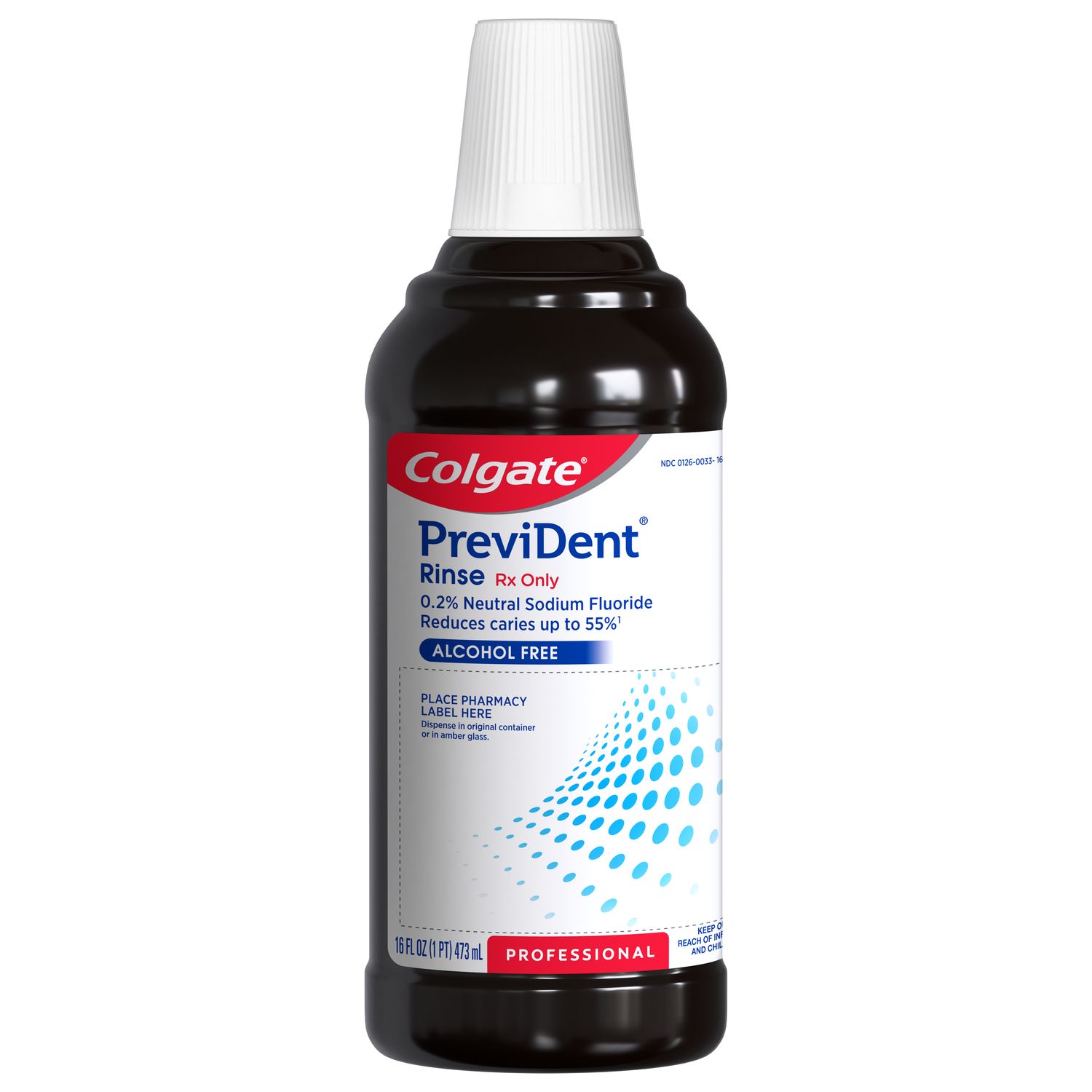Symptoms of Lip Fungus
Any part of the mouth can develop an infection. The most common infection spots are the tongue, the inside of the cheeks, and the mouth's roof. According to the Centers for Disease Control (CDC), when you have an overgrowth of Candida on the corners of the mouth, it can lead to infection in several areas. Lip fungus can look like:
- Itchiness or burning and cracking in the corners of the mouth
- White patches on the inside of the lips or throughout the mouth
The cracking and redness are medically known as cheilosis or cheilitis. You may feel burning or itching because of the infection or white patches around the insides of your lips.
If the white patches extend to the throat, you may experience difficulty swallowing. If your child has thrush, be aware that your infant may become fussy, irritable, or have trouble feeding.
Causes of Lip Fungus Infections
Yeast is not a bad thing. Candida can be found on the skin or in the digestive system in about 45 percent of healthy people. It doesn't typically cause any problems. This normally harmless fungus likes to grow in moist, wet areas, including the mouth. Some people may be more susceptible to developing a fungal infection in the mouth. Common risks for developing an oral fungal infection include:
- Poorly fitting or unclean dentures
- Excessive licking or rubbing the corners of the mouth
- Smoking
- Using a corticosteroid inhaler to treat asthma
- A high-sugar diet
- Chronic dry mouth
- Other health conditions impacting the immune system such as diabetes
Fungal infections most often appear in individuals with weakened immune systems. Such as:
- Infants
- People who are currently using or who have recently taken antibiotics
- People with poor nutrition
- People with compromised immune systems such as leukemia, diabetes, or HIV
Treatment for Lip Fungus
Lip fungal infections are highly treatable. Your primary care physician or dentist can tell you more about the specific treatment you need. Medicated ointments can help clear up the redness. The cracking on the lips, mouthwashes, or lozenges can clear up any fungus inside the mouth. For people with severe lip infections, physicians or dentists may also prescribe oral anti-yeast medications.
Lip fungus treatment typically lasts one to two weeks for mild to moderate cases and twice as long for severe infections.
For people who have weakened immune systems due to other conditions, physicians can prescribe anti-fungal medications to prevent the fungus from overgrowing in the first place.
When you have lip fungus, still maintain your daily brushing and flossing routine. Replace your toothbrush immediately before and after treatment for your fungal infection.
Preventing Lip Fungus and Infection
Even if you don't have a current infection, there are a few ways you can avoid the lip fungus from multiplying and causing an infection:
- Ensuring dentures and other mouth appliances are clean and fit well
- Breaking the habit of licking or rubbing the corners of your mouth
- Maintaining good oral health by brushing and flossing
- Quitting smoking
If you're worried about lip fungus in the corners of your mouth or on your lips, see your dentist. Early treatment can prevent severe infection.
- If a medicine is causing fungal growth, your doctor may work with you to change your prescription.
- If dry mouth is contributing, your dentist may recommend sugar-free chewing gum, sugar-free lozenges, or a moisturizing rinse to keep the mouth hydrated.
Now that you know the common symptoms, causes, and ways to prevent lip fungus, you don't have to be worried. Speak with your dentist at your next scheduled visit to learn more.
This article is intended to promote understanding of and knowledge about general oral health topics. It is not intended to be a substitute for professional advice, diagnosis or treatment. Always seek the advice of your dentist or other qualified healthcare provider with any questions you may have regarding a medical condition or treatment.
ORAL HEALTH QUIZ
What's behind your smile?
Take our Oral Health assessment to get the most from your oral care routine
ORAL HEALTH QUIZ
What's behind your smile?
Take our Oral Health assessment to get the most from your oral care routine















